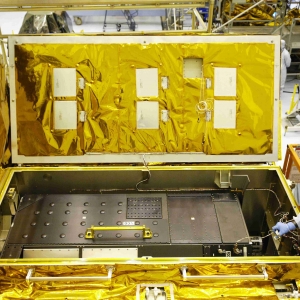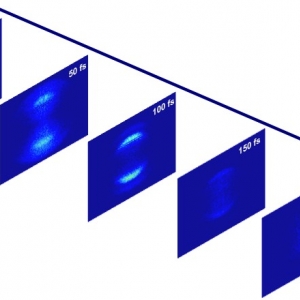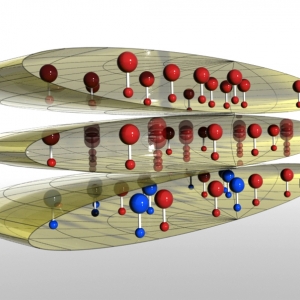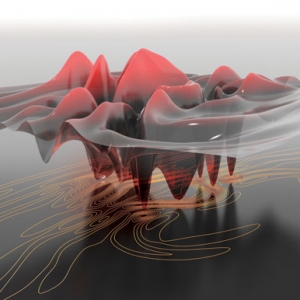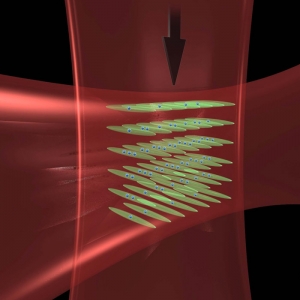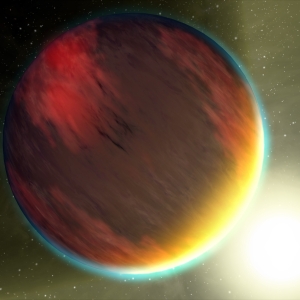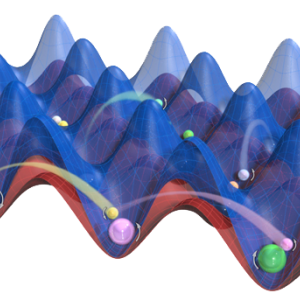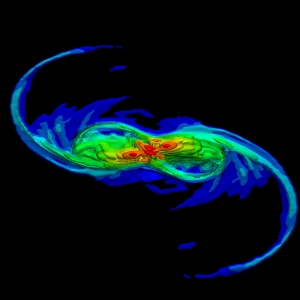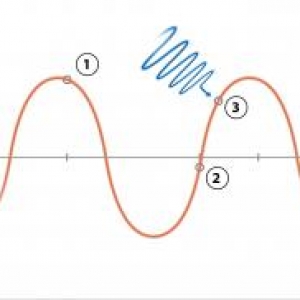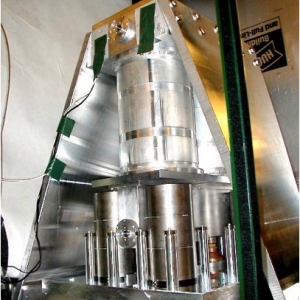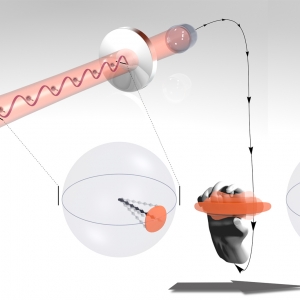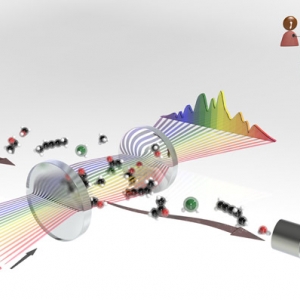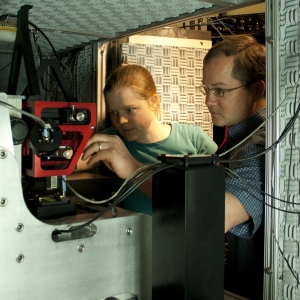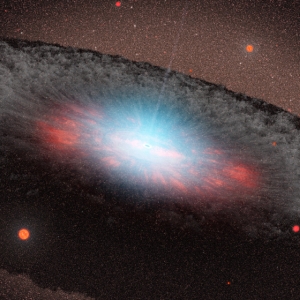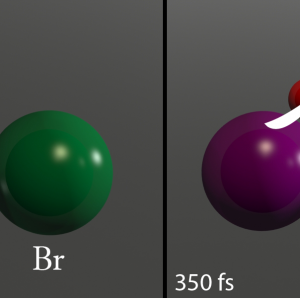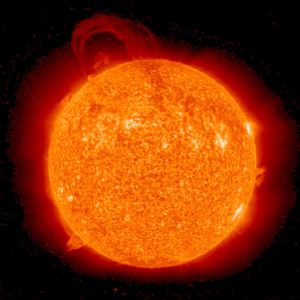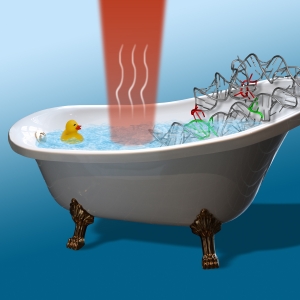Research Highlights
Displaying 301 - 320 of 470
Astrophysics
The World According to COS
PI(s):
Jeffrey Linsky
Chemical Physics
The Long Goodbye
PI(s):
Andreas Becker
Quantum Information Science & Technology
The Quantum Control Room
PI(s):
Deborah Jin | John Bohn | Jun Ye
Atomic & Molecular Physics
The Fickle Finger of Fate
PI(s):
John Bohn
Precision Measurement
Strontium Clock Performance Skyrockets
PI(s):
Ana Maria Rey | Jun Ye
Astrophysics
Puff the Magic Planet
PI(s):
Rosalba Perna
Quantum Information Science & Technology
The Quantum Modeling Agency
PI(s):
Ana Maria Rey | Jun Ye
Other
Sharing the Adventure of Science
PI(s):
Eric Cornell
The Incredible Solar Bread Machine
PI(s):
Alan Gallagher
Astrophysics
Seeds of Creation: Monster Stars or Quasistars?
PI(s):
Mitch Begelman
Atomic & Molecular Physics
Ionize Me!
PI(s):
Andreas Becker
Precision Measurement
Big G isn't the problem: Measuring it is!
PI(s):
James Faller
Laser Physics
Rainbows of Soft X-Rays
PI(s):
Henry Kapteyn | Margaret Murnane
Atomic & Molecular Physics | Precision Measurement
Sayonara Demolition Man
PI(s):
James Thompson
Atomic & Molecular Physics
Deciphering Nature's Fingerprints
PI(s):
Jun Ye
Biophysics
The Guiding Light
PI(s):
Thomas Perkins
Astrophysics
In the Beginning
PI(s):
Mitch Begelman
Chemical Physics
An Occurence at the Solvent Bridge
PI(s):
W. Carl Lineberger
Astrophysics
Window into the Sun
PI(s):
Juri Toomre
Nanoscience
Curling Up in a Nanobathtub
PI(s):
David Nesbitt




